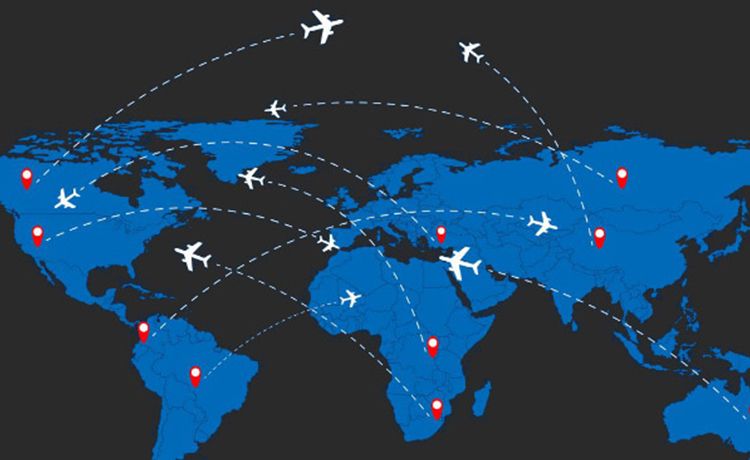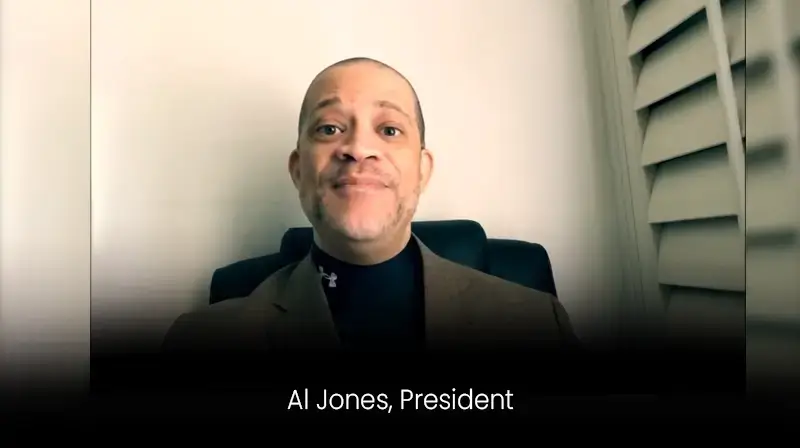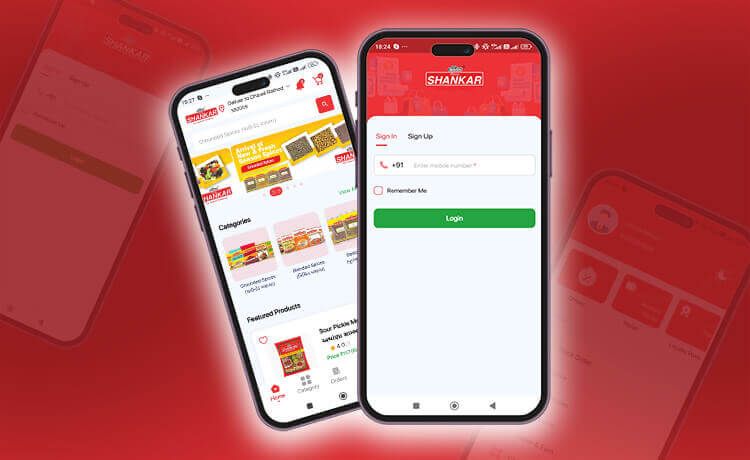You've most likely observed and utilized the terms "NDC," however do you know what it really means? Before jumping into the topic of "what is new distribution capability?," we first need to understand the process of airline ticket distribution.
During the 1960s and 1970s, airlines created computerized ticket reservation systems, known as Central Reservation Systems (CRS), to enable their operators to find, book, and confirm flights. Having proven to be an extremely productive tool, the airline industry business looked to use CRSs to reduce their booking workloads by allowing travel agents to make bookings directly on the systems.
However, every airline had its own unique CRS. To access the flights of each airline, travel agents specialists in the US requested and got a single CRS. This remained the state of affairs for more than 20 years. Customers called and travel agents booked their flights on the CRS.
However, during the 1990s, the major CRSs, Saber, Amadeus, and Galileo (now Travelport) got autonomous from the airlines that had created them four decades earlier. This is viewed as the start of the Global Distribution System (GDS) period. In just a couple of years, these three significant GDS organizations developed considerable air travel distribution systems.
With the advent of the internet came online travel agencies (OTAs). While these agencies needed to offer their clients each conceivable flight, they would not really like to experience the difficulty of coordinating with three GDSs. So, the GDS aggregators arrived and translated each GDS's language into a single common format.
What is New Distribution Capability?
NDC (New Distribution Capability) will enable the travel industry to transform the way air products are retailed to corporations, leisure and business travelers, by addressing the industry’s current distribution limitations: product differentiation and time-to-market, access to full and rich air content and finally, transparent shopping experience.
NDC stands for the New Distribution Capability, which is essentially an XML standard created by the International Air Transportation Association (IATA) to allow airline service providers to deliver rich content and ancillaries to their customers. Basically, NDC is a communication protocol, aimed at replacing the old EDIFACT protocol, that has been around since the 1980s and used by GDSs. A new protocol using XML allows for bringing rich content and ancillaries directly to online travel agencies, GDSs, and travel management companies via a set of standard APIs, used in the travel industry. Additionally, XML is much more flexible and updatable.
Who's Involved in NDC?
There are several different players involved in the NDC process: travel agents, airlines, aggregators and IT providers.
Travel agents and airlines are straightforward. The aggregators are the different intermediaries involved in communicating the travel agent's request to different airlines. This can be GDS (Travelport has recently been certified as an NDC provider) or metasearch (Skyscanner has been the fastest adopter). The IT providers are responsible for integrating NDC into the airline’s IT infrastructure.
What benefits does NDC provide?
1) Personalized shopping experience and access to customer information.
Currently, most of the customer personal data remains in the hands of middlemen, OTAs and GDSs. This implies airlines get simply essential data about their customers, which doesn't take into consideration customizing the shopping experience, what has gotten a standard in present day travel eCommerce. The NDC's standard will probably give airlines direct data about their clients.
2) Content and pricing autonomy
Another advantage of personalization is valuing self-sufficiency. Right now, most airlines distribute their duties through ATPCO, the tech supplier and primary wellspring of valuing information. Hosting a third get-together as a middle person between income the board and circulation channels implies that airlines pass up on the chance of dynamic valuing. Dynamic valuing is the capacity to make customized admission and travel bundle offers dependent on singular customer data. The new XML standard permits airlines to manufacture their own APIs and change costs autonomously, enhancing their offers and altering costs independently to every client.
3) Rich content offers, ancillaries, and discounts
Distributing the flight data through GDS's EDIFACT (Electronic Data Interchange for Administration, Commerce, and Transport), airlines are unable to include ancillaries in their offers. This outcomes in financial losses for service suppliers as ancillaries are the main source of profits for carriers
4) Product differentiation
The GDS model just allows airlines to show prices and schedules. While tariff metasearch engines and OTAs make it simple for travelers to think about estimating price, airlines can't showcase their additional value services and fully compete. Rich content, that includes all service details, solves this problem.
5) Reduced reliance on legacy systems
Most airlines use legacy passenger service systems (PSS) that contain reservation info, fares, and schedule. The main purpose of the PSS is to show which seats are available for a given flight. PSSs may have poor performance, a number of other restrictions, and most PSS providers really lag in modernization. NDC will act as a separate engine outside of legacy systems that allow for presenting data stored in PSS databases using airlines’ private interfaces.
Conclusions
While NDC was made with the possibility to permit airlines to circumvent GDSs, it doesn't appear that this will come to fruition. By adopting NDC themselves, the GDSs have immovably dug in their situation in the distribution system.
Going ahead, we may see the GDSs make a general XML standard that will moderate the chance of having several unique NDC channels. However, the tricky part will happen over the coming years when a few airlines move to NDC while others keep utilizing the old EDIFACT protocol. How airlines, GDSs, TMCs, and OTAs will deal with this progress period is still to be seen.
In the end, NDC solutions will allow airlines to achieve their primary goal of selling their ancillary services. However, whether or not they'll have direct access to their customers' data to offer dynamic pricing is another emerging issue to keep your eye on in the coming years.

































